However, after all these comprehensive answers, a question remains, "Why do ordinary (non-op) amplifiers not need such a resistor anyway?" I will try to explain why in my answer below.
Classic biasing
In ordinary transistor amplifiers, biasing is done on the base side. For this purpose, the additional voltage/current biasing source is first connected in series/parallel to the base of the transistor and then the input voltage source is added. Thus the two input signals are summed and the amplifier never runs out of input signal. The source of the input biasing current is clearly visible and everything is clear.
Op-amp biasing
In op-amps, however, things are reversed and biasing is done on the emitter side. For this purpose, a current source is connected to the emitters of the input differential amplifier. It sets the emitter and, accordingly, the base biasing current, which for an NPN transistor must enter the base. But where should it come from? The answer is somewhat unexpected, "From the ground." And from where should it pass? An even more unexpected answer, "Through the input source." Thus the full path (loop) of the biasing current in the simplified circuit of a differential input stage below is: the positive terminal of the negative power supply V- >>> ground >>> input voltage source >>> base-emitter junction >>> emitter current source >>> the negative terminal of V-.

simulate this circuit – Schematic created using CircuitLab
Although for our purposes in this case it is not essential, here is some data about the schematic. At 1 mA quiescent emitter current, the base current is about 3 μA and the quiescent output voltage is about 5 V. A 1 V common-mode input voltage and a 20 mV differential input voltage are applied to the circuit; so the output voltage is about 7 V and the gain is close to 100.

Why did the circuit designers decide to resort to this non-standard solution of closing the biasing current path through the input source? The answer is obvious - in this way they achieved the maximum possible op-amp input resistance because nothing shunts the input.



